I have often wondered what kind of imagery I would be able to create using a different camera, so I was really excited when Olympus sent me an OMD E-M10 III to try out and write about. In this post I’ll share with you how I got on with the camera and the lenses which they sent me, some of the pictures I took and how I took them.
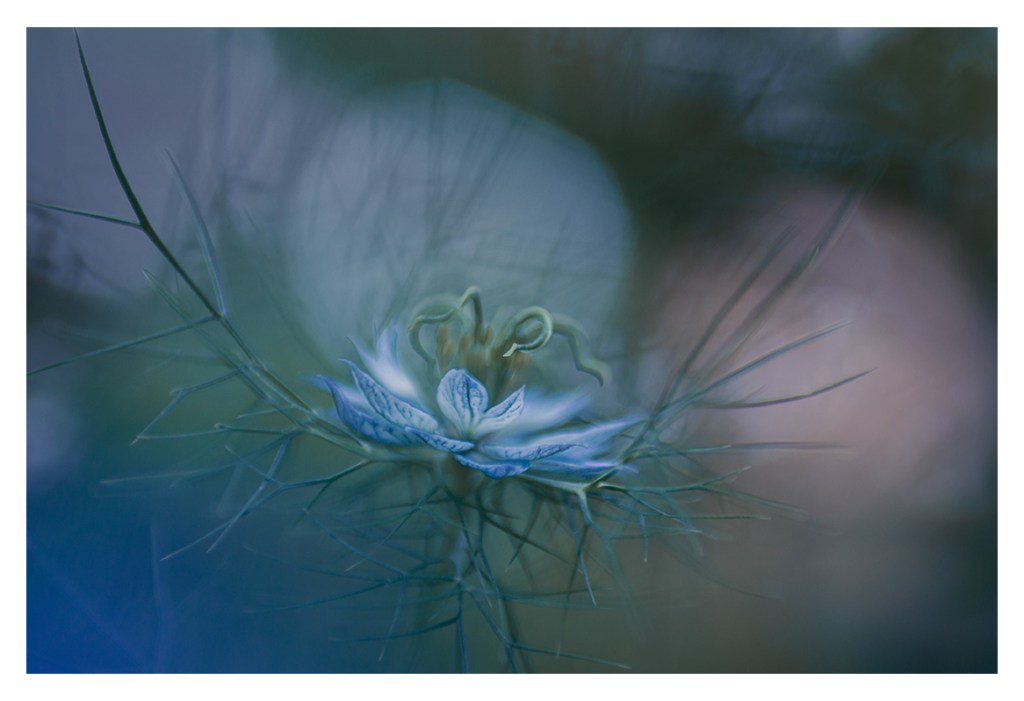
My first impression when the camera arrived was surprise at how small it was. It was light and comfortable to hold, with a nice retro look to it. I had worried that the menus may be challenging to navigate as a first time Olympus user, but they were straightforward, and intuitive and before long I’d found all the settings I usually use and discovered features that were new to me. I’ve never had wifi connection before, touch screens or used many of the creative features the camera has.

The camera came packaged with the M Zuiko 14-42mm f3.5-5.6 and an M Zuiko ED 40-150mm f4.0-5.6 R. I was also sent the M Zuiko premium 45mm f1.8 and the MCON P02 macro converter, which when attached to the front of either the 45mm or the 14-42mm kit lens which it also fitted on, would magnify subjects. The lenses were all small and lightweight, meaning I could take all of them out with me in a small camera bag and not be weighted down on long walks in the countryside. I did wonder how such compact lenses would perform though.
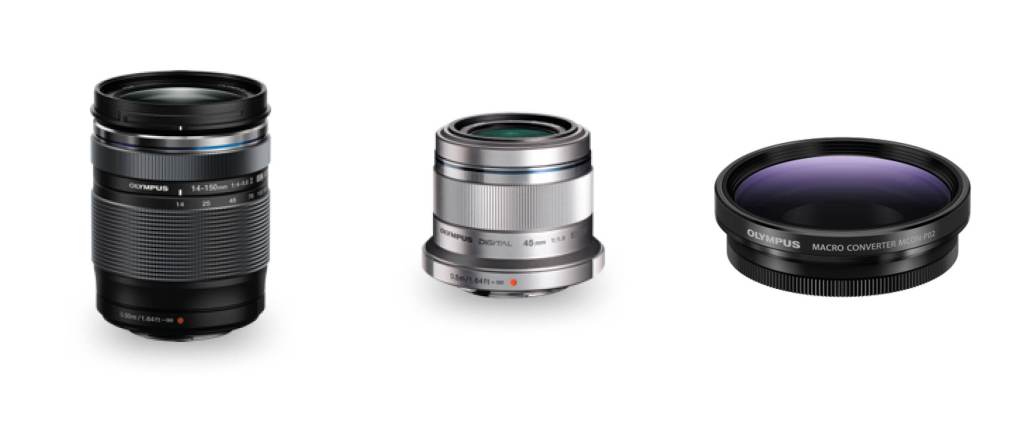
Botanical images.
A large part of my photographic output is botanical, my first outing with the camera was to a local hillfort where I knew I would find plenty of flowers and a few butterflies to photograph. I was keen to discover whether I could create the same soft, ethereal images I like to make with this micro four thirds camera.
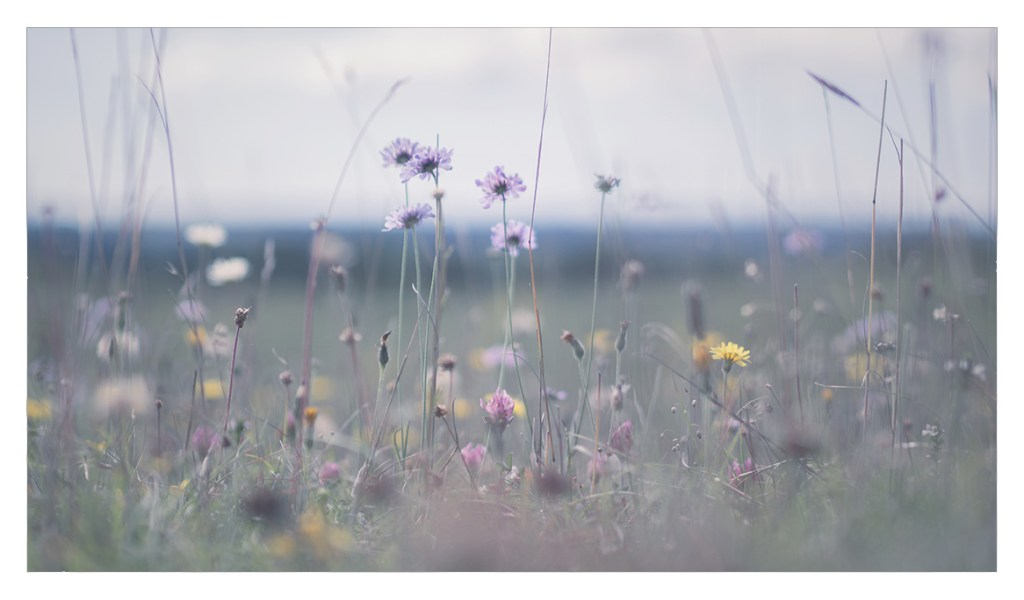
I shoot nearly all my work from the ground and the tilting rear screen made it much easier than looking through a view finder to compose my images. It flips out parallel to the ground and photographs can be taken by touching the screen. This feature made creating images shot through vegetation (to increase softness and bokeh) much more comfortable than lying on the ground, especially when it is wet.
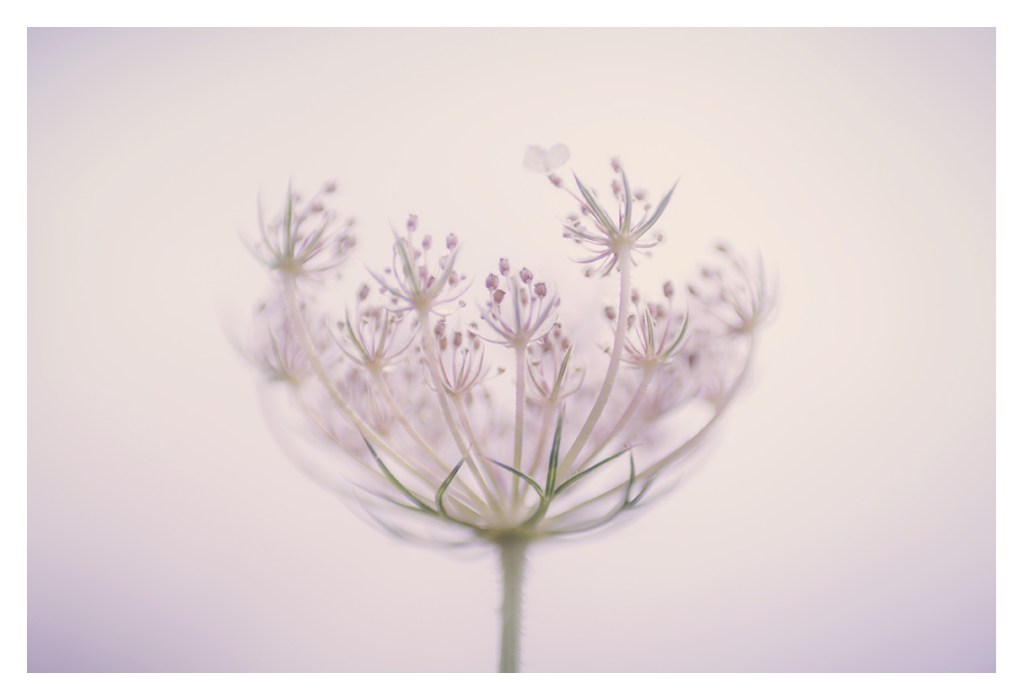
By adding the MCON P02 macro converter to the front of the 45mm lens I was able to get closer to my subjects. And at f/1.8 it was possible to shoot with a very narrow depth of field. This is my favourite way to take pictures of flowers. The addition of the macro converter had a negligible effect to the weight of the camera. This meant I could spend longer amounts of time composing my shot or holding the camera at odd angles without any strain to my wrists, which can occasionally happen when using heavy gear.

I continued to experiment with this lens and converter combination in my garden. I found the camera easy to use in manual focus, which is how I usually shoot, but did find the autofocus more challenging. This could possibly be as I am not used to using it.
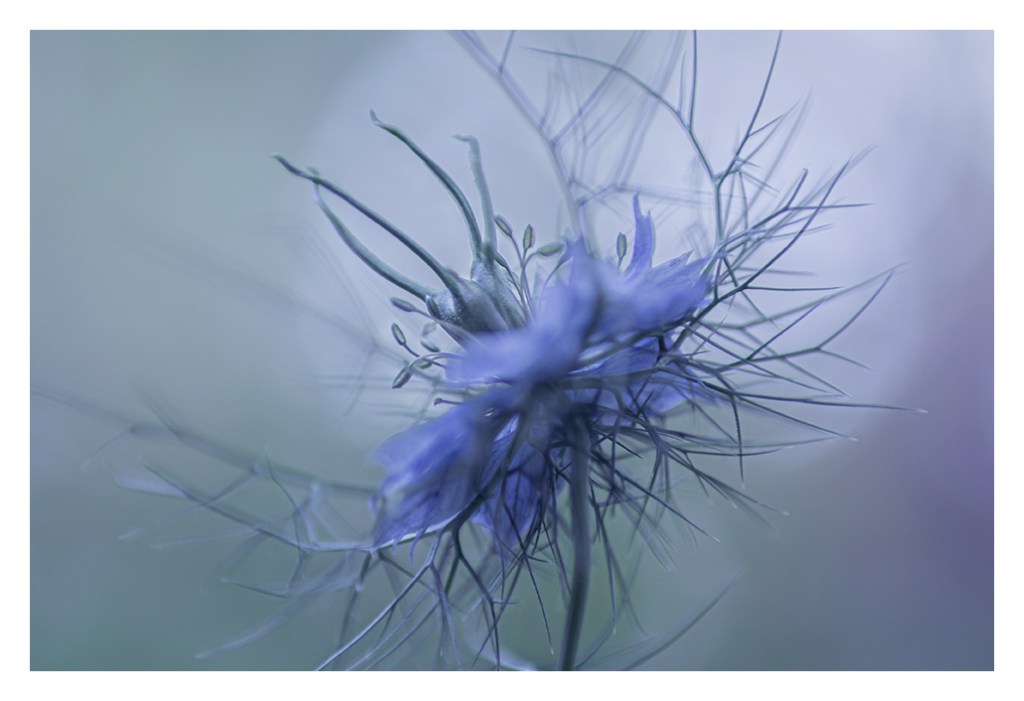

As someone who loves shooting wide open, and into the light, having a lens with an aperture of f/1.8 was fantastic. It really lent itself to the dreamy kind of imagery I like to create when photographing flowers. I found with the 45mm and macro converter attached, the camera was more than capable of doing this and that the areas in focus were crisp and sharp in contrast to the soft backgorunds.
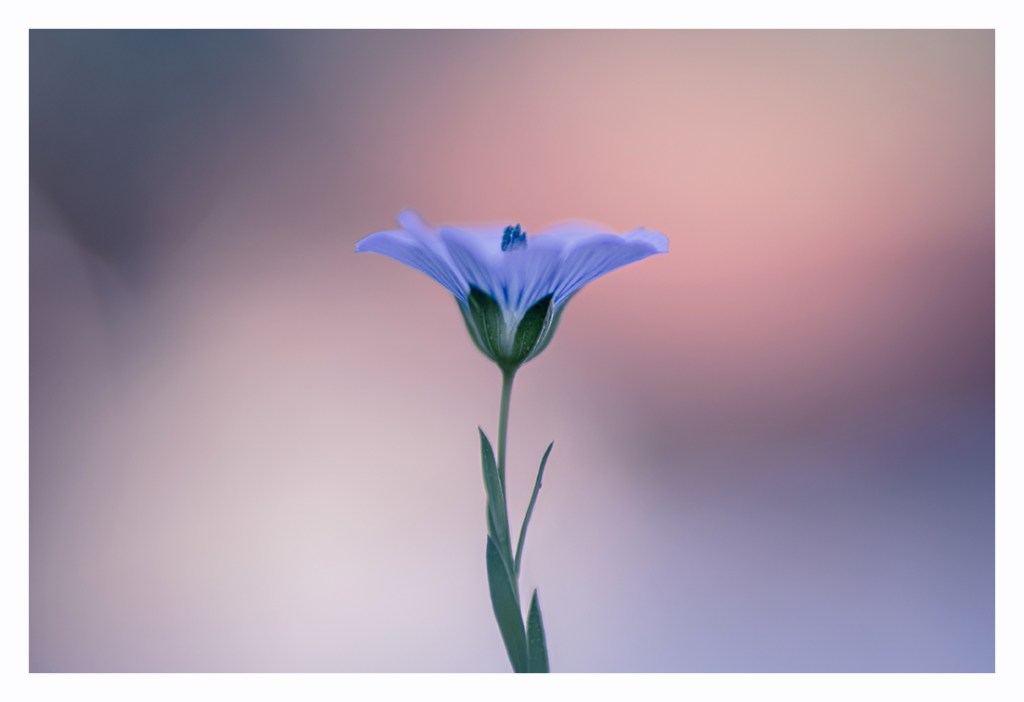
Photographing insects
In the world of nature photography flowers are rather easy, once you’ve found them, they don’t really move about a lot, and they allow you a lot of time to compose your photographs. Having found my way around the camera I wanted to take it out to shoot some insects using both auto and manual focus (my preferred shooting style).
I usually shoot insects with a 90mm macro, so I need to be quite close to my subjects. Stalking your quarry is part of the joy, but it is equally frustrating as so many shots are missed. Having a 40-150mm lens meant I could position myself further away from the subject I was photographing and therefore minimise disturbance. With a zoom lens, I was able to find a suitable location for my chosen subject and then sit and wait for the insects to appear. I found this was a much slower and more meditative approach to photographing insects.
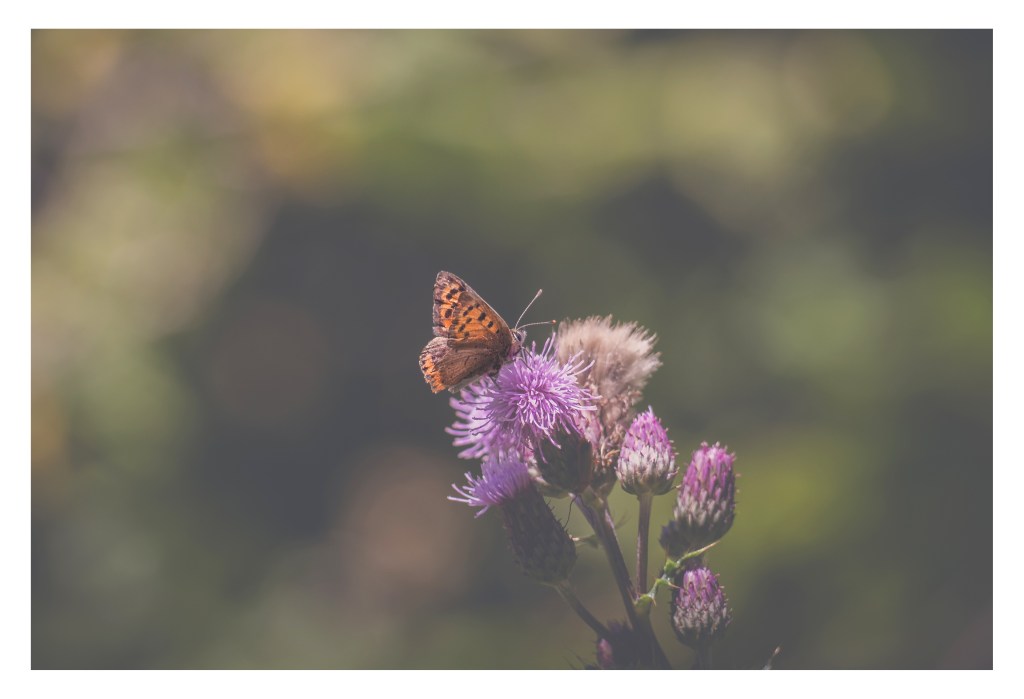
The trade off with shooting with this zoom lens, however, was not being able to shoot at the wider apertures I tend to use. To make sure I could separate my subject from busy background vegetation, I took care to try and capture insects on tall flowers, standing in relative isolation. The longer focal length and versatility of a zoom lens however meant I was able to capture images of many more species in a trip than I would normally. When I started out, my photographs were predominantly for identifying species for recording, and whilst there may be artistic compromises, I would recommend this combination for any naturalist. As it is both light weight and compact it is easy to carry in the field all day alongside field guides and notebooks etc. I could also send images over to my phone whilst in the field and then share on recording apps such as iRecord, as well as social media.

I do wonder how the camera might perform if I was to use it remotely to capture wildlife. As it can be operated remotely from your phone via the OI Share app, so I am thinking it may be interesting to set it up on a tripod in the garden see if I might capture some of the more timid visitors.

Gulls in flight
Another of my favourite subjects for photography is birds in flight. For many years I have been capturing handheld long exposure images of the gulls flying over the river Stour. I wanted to see if could capture similar abstract wildlife images with the OM-D EM10 III.
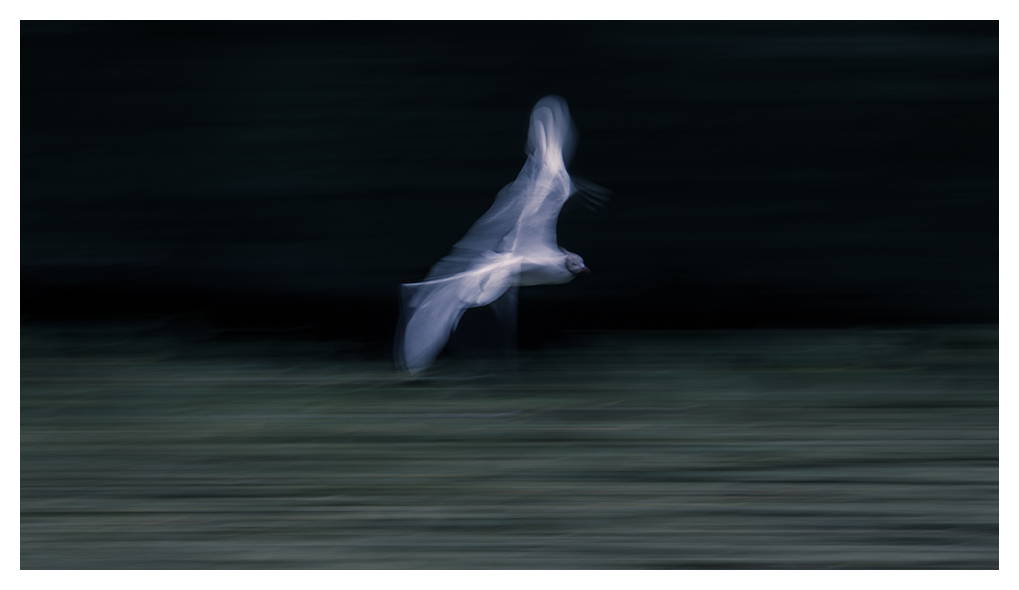
I used the M. Zuiko 40-150mm lens for this, as it gave me the most flexible focal length for capturing the birds. Whilst they will fly close, especially if people are feeding them, I find the best shots are taken when the gulls are cruising in flight along the length of the river with dark foliage behind them. I find this kind of photography is better suited to the winter months and grey days, so it was interesting photographing birds this way on a bright day.

I’m happy with the images from this outing. There is a good combination of detail and motion blur in the pictures. To compensate for the sunlight, I stopped the camera down by -0.7 and this prevented the whites blowing out completely. I think maybe if you wanted to use this combination to take intentional camera movement (ICM) images like this it could be worth exploring using an ND filter to allow you to keep the shuter open for longer.
ICM Landscapes
I also enjoy taking a lot of ICM landscapes, especially in the woods around the village and along the river. I was interested to see what kind of images I would get with the OMD E-M10 III. It took a while to get used to the movement I would need to make with the camera to “catch” parts of the image and to make them stick in focus whilst other elements blurred. This method of shooting took the most practise to get images I was happy with.
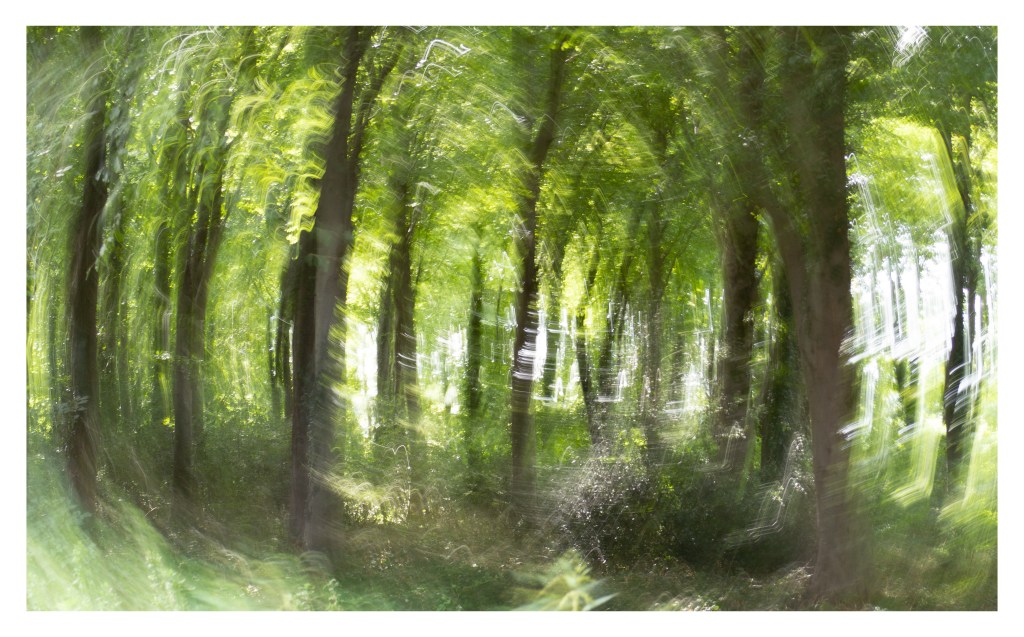
Without an ND filter (which to be fair is how I prefer to work) and shooting on bright summer days, I was taking pretty quick ICM shots. I found that the camera was really good at picking up nice movement when I rotated it as in the image above taken in some local woods. The image below, taken by the river was made using a vertical motion. I tried the process with all the lenses and was impressed with the sharpness of the lines in the images juxtaposed to the softness of the motion blur.

The image below is a blended composition of two icm images taken at the river bank, one vertical pan and one horizontal. Each of the images in the composite were taken in RAW, developed in Lightroom and then blended in Photoshop using the layer blending modes to create the final image.
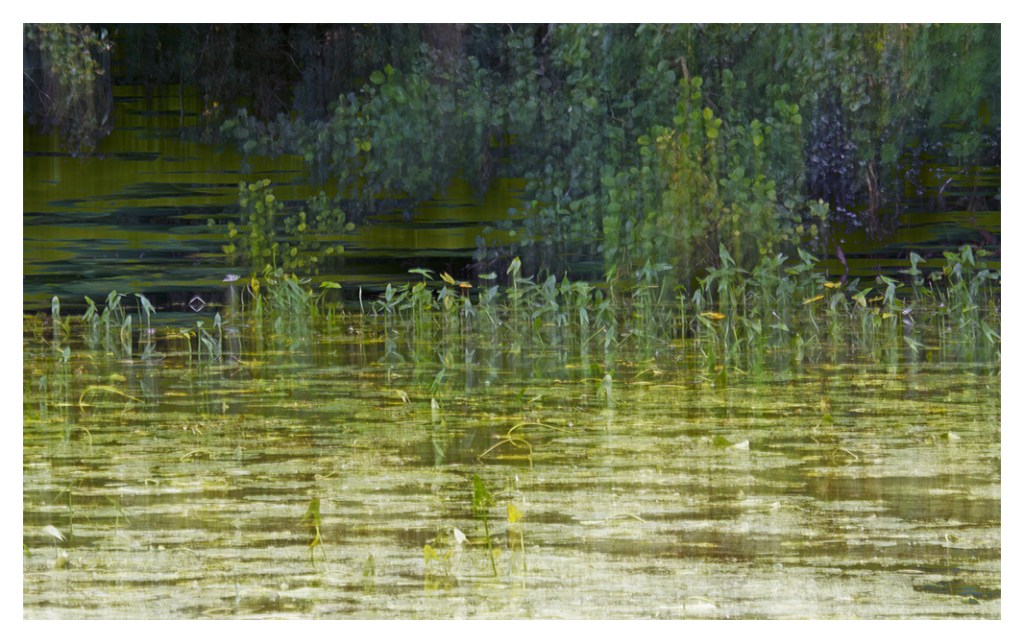
Creative features
There are a variety of art modes that you can shoot in, which I didn’t really use as I prefer to shoot in RAW and post process myself. I was excited, however, to see an in-camera multiple exposure setting, something I have long wanted to try out. It allows for two images to be combined and with one blending mode, and I found it tricky to produce images I liked in the local landscape. I think if I’d have shot some portraiture or architecture however, I could have taken better advantage of the function. What I did find interesting though and one of my favourite settings to play creatively with was the Live Composition mode.

This feature, found in Manual mode and in the AP settings, is designed for time-lapse, but as I didn’t have access to a firework display, I played about with it in the sitting room. I was able to build up composite images moving the camera around with the shutter button depressed, watching the image build on the rear screen. Lighter colours are overlaid onto darker areas in the image and I think this has the potential to create some interesting abstract images.
Closing thoughts
I have really enjoyed using this camera, and I have reached for it instead of my “big” camera when going out on nature walks on several occasions. Its size makes it easy to take anywhere and even with all the lenses in my bag I can head out for the day knowing I’m not going to ache from carrying it. I do wonder though, how large I can print an image taken with a 16mp sensor. I like how discrete a small camera is, and I think that could be really important for many of us that spend a lot of time out in the middle of nowhere alone, I certainly felt less vulnerable out with this camera. I think that is one of the reasons (and I never thought I’d ever write this) that I’d like to have a go at street photography with the OMD E-M 10 mIII.
Gallery
I’ll leave you with a few more images I’ve taken. Many thanks to Olympus for the opportunity to explore my creativity with the OMD E-M10 III.



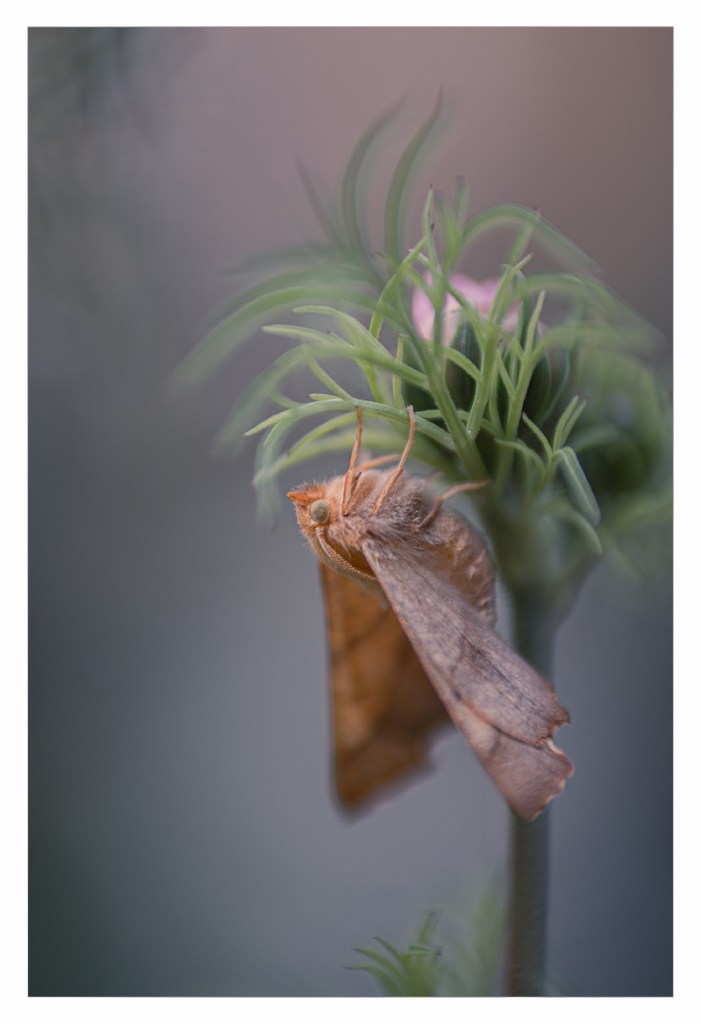




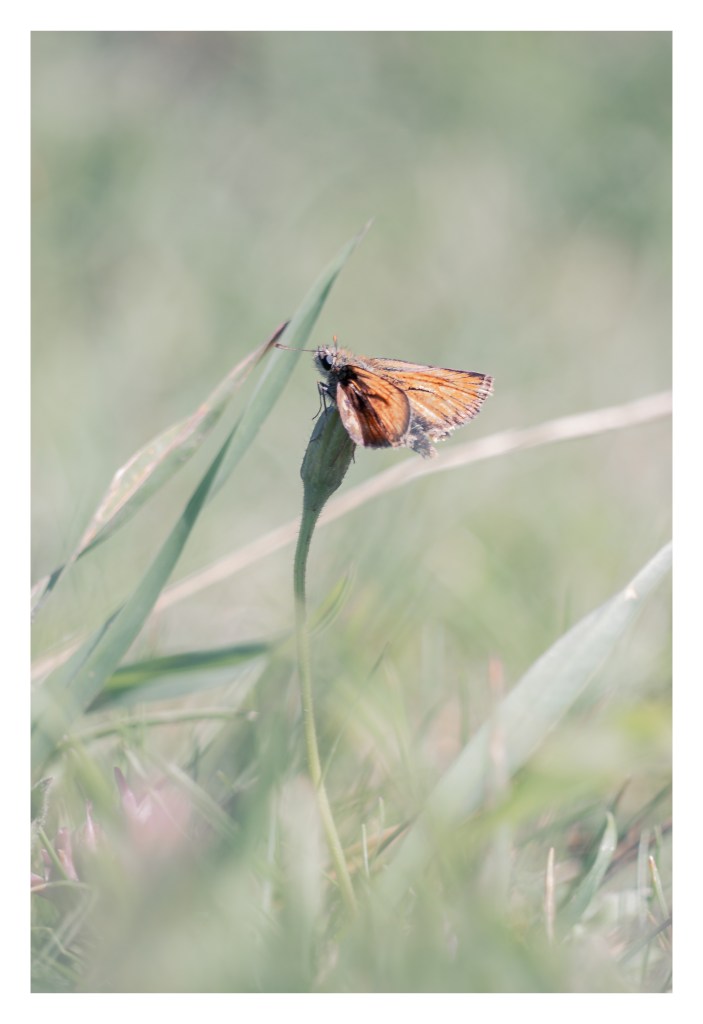
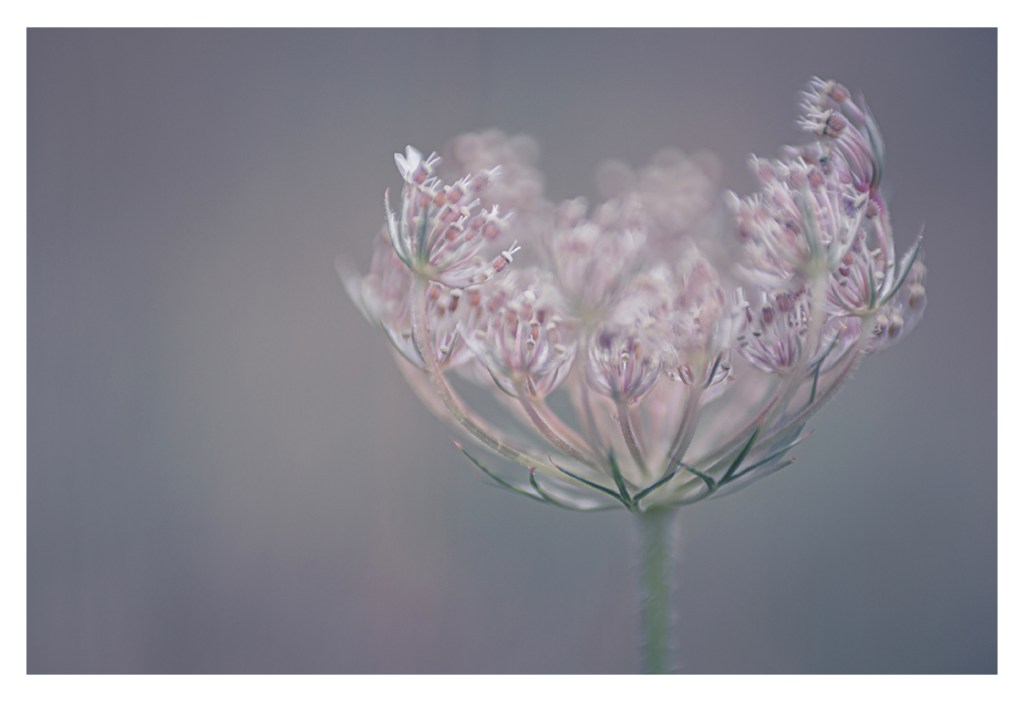

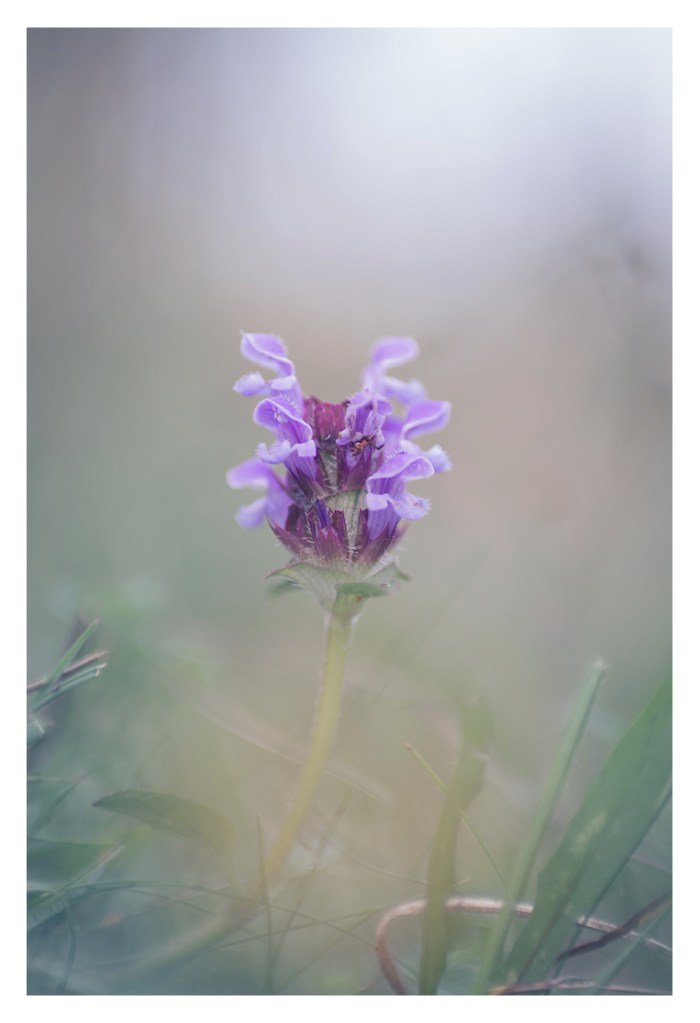



A great blog Jo, enjoyed seeing your images, lovely as always. Having transitioned from Sony DSLR to Fuji XT2, I will not be going down the Olympus route but interesting none the less.
LikeLiked by 1 person
Thanks, it’s been a really eye opening experience after shooting with the same camera for over 5 years. How do you find the Fuji XT2 after using Sony?
LikeLike
Hi Jo, I love the XT2 because of its ease of use, it is so intuitive, much more like my old rangefinder film camera, everything is easily accessible, using buttons and dials whereas with my Sony A700 there is a lot hidden away deep in the menus. Using the XF lenses they are quite weighty so I am not sure that when I have the whole system in my bag that it is actually much lighter than the Sony system. The only comment I would make is that the Fuji lens are so good, the clarity and sharpness is almost too much for my softer flower photography but I guess that’s a good fault!
LikeLiked by 1 person
That’s really interesting, especially what you say about ate clarity of the lenses with softer flower photography. I do like the softness of old glass, but it is nice to have elements that are really sharp in a picture to contrast that and draw attention to elements. Do you think the flower images you make will change a lot using the XT2?
LikeLiked by 1 person
I am hoping not Jo, but at the beginning of lockdown I sold some camera gear and bought a second hand 100-400mm lens which should help! other than that perhaps I will have to be more creative with blur at the taking stage and perhaps soften a bit in post processing.
LikeLike
Interesting read Jo and some lovely examples of what can be achieved with a different camera. My Canon 5Dmkiii is becoming more like a workout! Interesting to learn just what lighter models are capable of.
LikeLiked by 1 person
Thanks so much, Wendy. It really is amazing the difference it makes on my wrists and shoulders not carrying heavy kit out on every walk. Especially if I’m out all day. And I’m happy with the images I’m making with it. Of course I’m not burning as many calories! 😉
LikeLike
Love my Olympus camera and Olympus is more of a family than a brand 🙂
LikeLiked by 1 person
That’s great to know!
LikeLiked by 1 person
Fantastic images as usual Jo. So glad you were able to test the Olympus. It certainly makes me think about getting a lighter weight camera. It has produced some excellent results.It’s such a struggle carrying the heavy weight of camera and lenses on a photo outing. Always a challenge to decide which lenses to take to avoid carrying too much.
LikeLiked by 1 person
Thanks so much Denise, that’s so kind. It really has felt liberating being able to pack everything and go out all day without worrying about the weight or which focal length I’ll want for the whole day.
LikeLike
Excellent outline and beautiful shots. Might almost be converted.
LikeLiked by 1 person
Thank you so much, Finola!
LikeLike
Really interesting article Jo. Thank you!
LikeLiked by 1 person
Thanks so very much, Carol x
LikeLike
Lovely shots. I have an OMD-EM10 mk I, as well as a DSLR. The flip out screen is great for low level shots but for shooting close ups like these I find that manual focus with the focus peaking feature is incredible, guaranteed spot on focus on wherever on the flower head you want it (assuming the wind isn’t getting in the way!) Printing is fantastic up to A3+ size but I haven’t tried any larger. I also love the small size of both body and lenses. Finally, the EVF and rear screen are much better than an OVF when the light gets dim and it’s also really nice to see the effect of various scene modes (e.g. aspect ratio, monochrome) in the viewfinder when composing and shooting, I don’t know why you have reservations about the auto-focus, I have no trouble with mine at all and find the ability to choose a focus point anywhere in the frame to be really useful. Live view histogram is also incredibly useful compared to my DSLR.
Anthony
LikeLiked by 1 person
I agree with all your comments, and I’m especially interested to hear about printing. I’m pleased to hear I can print to A3+, thanks. I haven’t had the chance to print any of the images I took yet. I probably didn’t get on as well as I might with the autofocus as I’m not used to using it, so perhaps it would have been fairer to say this is a feature I needed more time to get the hang of. I did like the fact I could tap the screen to chose a focus point. Thanks so much for your comment, Anthony.
LikeLike
Beautiful photos Jo so inspiring, I have the EM10 MKII I love the size weight & menu system, Ive often wondered whether to change to a full frame, higher pixel camera which would mean switching brands, for now I’m happy using my little Olympus & love the Art filters you can be so creative.
LikeLiked by 1 person
Thanks so much. I am really amazed at what you can do with such a little camera.
LikeLike
Your images are stunning regardless of the equipment you use.
LikeLiked by 1 person
That’s so kind, thank you.
LikeLiked by 1 person